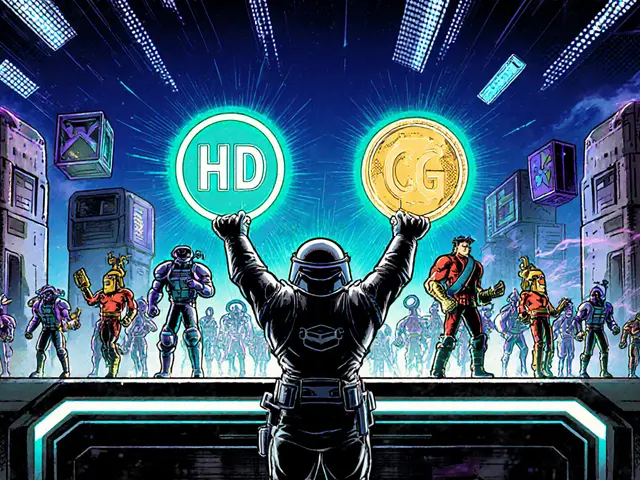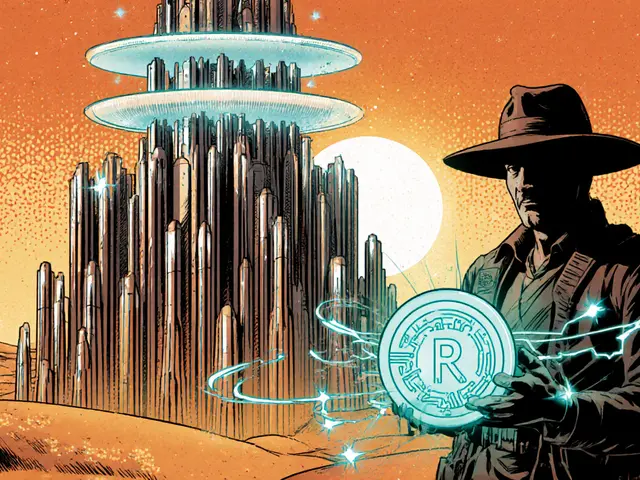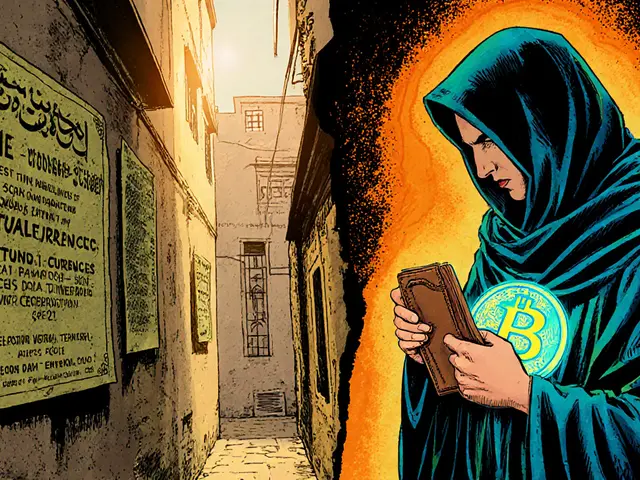Smart Contracts Voting: How Decentralized Decisions Happen
When working with smart contracts voting, a method that lets blockchain users cast decisions directly on immutable code. Also known as on-chain voting, it replaces middlemen with transparent, trust‑less execution. This approach lets anyone with the right token or credential trigger a contract that records the vote, tallies results, and automatically enforces outcomes.
Smart contracts voting is the engine behind many DAO, Decentralized Autonomous Organizations that run without a traditional board. DAOs use voting to allocate treasury funds, upgrade protocols, or set policy. By embedding governance rules in code, DAOs achieve a clear link between shareholder intent and protocol behavior, which is why they’re the backbone of modern DeFi projects.
At the heart of most voting schemes sits a governance token, a digital asset that represents voting power and often economic stake in a platform. Holders can delegate their tokens, lock them for longer voting periods, or earn rewards for active participation. The token’s on‑chain balance directly translates to weight, ensuring that influence matches investment while still allowing community members to contribute ideas.
Various voting mechanisms shape how that weight translates into outcomes. quadratic voting, a system that reduces the impact of large holders by making each additional vote cost exponentially more, offers a more egalitarian alternative to straight token‑weighted voting. Projects may also combine simple majority, super‑majority, or quorum thresholds to tailor decisions to risk levels and governance philosophy.
Tools and Frameworks That Power On‑Chain Decisions
Platforms like Snapshot, Aragon, and Tally provide user‑friendly interfaces for creating and tracking proposals. They pull the latest token balances from the blockchain, compute results off‑chain for speed, and then push finalized outcomes back into the smart contract for execution. These tools lower the barrier to entry, letting casual token holders participate without writing code.
Security is a critical piece of the puzzle. Because voting outcomes can move millions of dollars, smart contracts must resist manipulation, re‑entrancy attacks, and governance “flash‑loan” exploits. Audits, multi‑sig controls, and timelocks are common safeguards that give the community time to react if a proposal looks suspicious.
Real‑world examples illustrate the impact. Uniswap’s token‑weighted votes have upgraded its fee model, while MakerDAO’s multi‑collateral system relied on DAO voting to add new assets. Celestia, a modular blockchain, uses on‑chain governance to adjust data availability parameters, showing that voting isn’t limited to finance—it shapes core protocol layers too.
Below you’ll find a curated set of articles that dive deeper into each of these aspects. Whether you’re new to DAO voting, looking for advanced quadratic voting math, or need a checklist for secure contract upgrades, the collection offers practical guides and case studies to help you navigate the rapidly evolving world of smart contracts voting.






